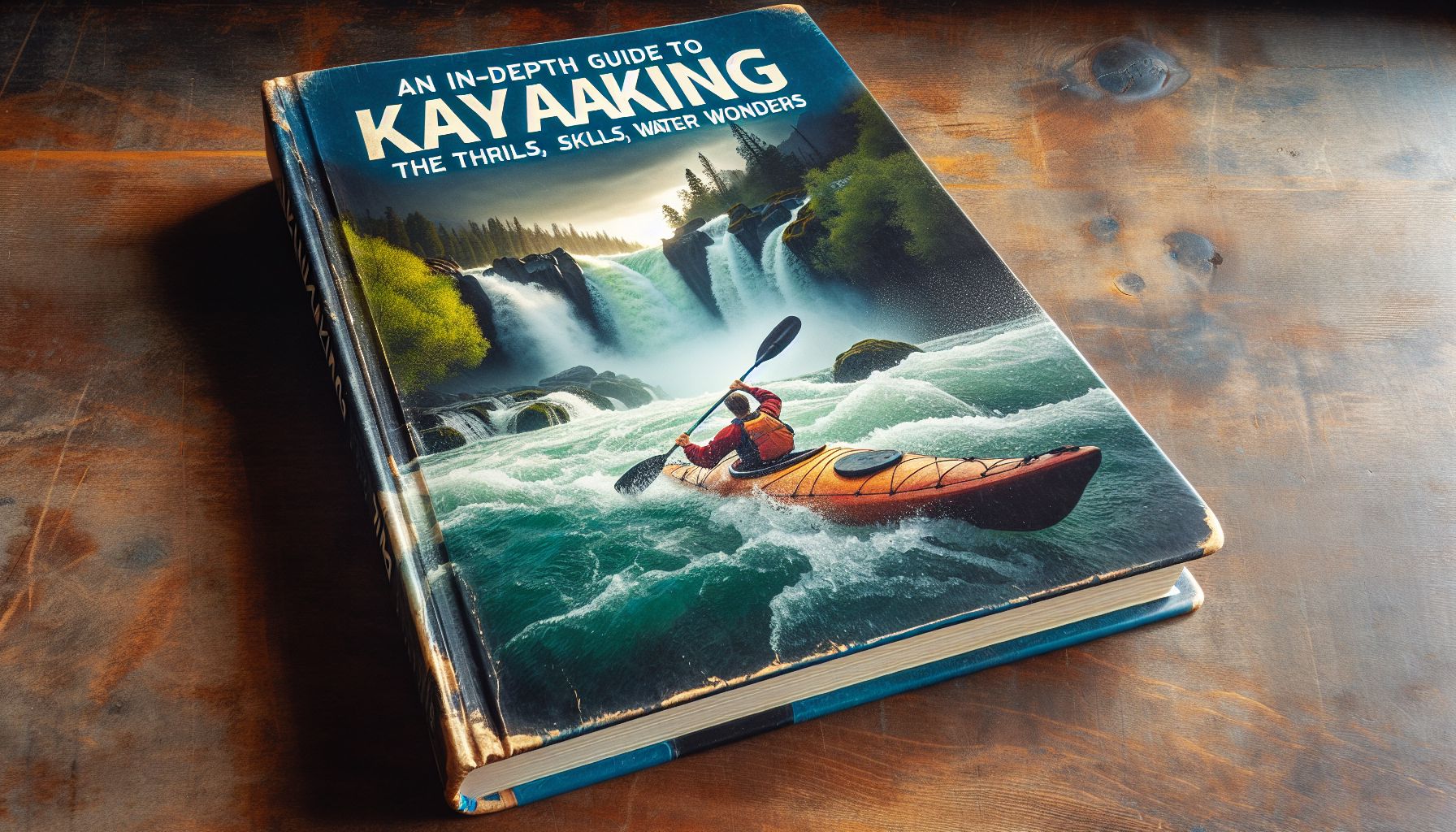Kayaking has blossomed from its indigenous roots into a widely popular recreational activity and an intense competitive sport. Its appeal lies in its versatility; whether you’re seeking serenity on a calm lake, an adrenaline rush down whitewater rapids, or a scenic journey along a coastal waterway, kayaking offers something for enthusiasts of all levels. In this comprehensive article, we’ll paddle through the history, techniques, gear, safety, and environmental aspects, leaving you informed and inspired to take up the paddle yourself.
A Brief Paddle through History
The kayak was first developed by the indigenous Inuit, Yup’ik, and Aleut peoples of the Arctic regions over 4,000 years ago. Originally, these crafts were constructed from a wooden frame covered in sealskin, with a small cockpit for a single paddler to navigate icy waters while hunting. Today, kayaks are designed from various modern materials and are used globally, both recreationally and competitively.
Choosing Your Kayak: Types and Considerations
Before delving into the waters, it’s essential to understand the different types of kayaks and their intended uses:
Recreational Kayaks
Recreational kayaks are typically wider, more stable, and easy to maneuver. They are perfect for beginners or those looking to enjoy leisurely paddles in calm waters.
Touring Kayaks
Also known as sea kayaks, these are longer and narrower, designed for longer trips in open waters. They often feature storage compartments for gear.
Whitewater Kayaks
These highly durable kayaks are designed to perform in the swift currents of rivers and rapids. They tend to be shorter for quick maneuverability.
Sit-on-top Kayaks
Ideal for warmer climates, sit-on-top kayaks don’t confine the paddler within a cockpit, making them easy to get on and off, and they’re self-draining.
Inflatable Kayaks
These kayaks are lightweight and easy to transport. While not as performance-driven as hardshell kayaks, they are perfect for casual use and travel.
When choosing a kayak, consider the type of water you’ll navigate, your skill level, storage needs, budget, and transportation options.
Equipping Yourself: The Essential Kayaking Gear
To embark on your kayaking adventure, you will need the following gear:
- Kayak and Paddle: The basics to get you moving on the water.
- Personal Flotation Device (PFD): A life jacket is a must for safety.
- Helmet: Necessary for whitewater or rough conditions.
- Spray Skirt: Keeps water out of your kayak in rough or cold water.
- Wet or Drysuit: Appropriate clothing for the climate and water temperature.
- Bilge Pump and Sponge: For removing water that enters your kayak.
- Signaling Whistle and Light: For safety, especially in poor visibility.
- Navigation Tools: A waterproof map, compass, or GPS device.
- Repair Kit: For patching up any minor damages on the go.
Mastering the Techniques: Paddling and Safety
Paddling efficiently requires technique. A few basic strokes include:
- Forward Stroke: The basic stroke for moving straight ahead.
- Reverse Stroke: Used for slowing down or moving backward.
- Sweep Stroke: Helps in turning the kayak.
- Draw Stroke: Moves the kayak sideways.
Prioritizing safety is essential in kayaking. Always check weather conditions and water temperature before heading out, and never kayak alone. Be aware of local hazards, like currents or traffic in navigable waters. Take lessons if you are a beginner, and always let someone know your plans.
Adventures and Fitness: The Health and Recreational Benefits
Kayaking is not only an avenue for adventure but also a fantastic workout. Paddling works your upper body, core, and even legs, contributing to overall fitness. It can also be a meditative experience, offering a sense of peace and connection with nature.
Exploring Environments: Where to Kayak
From the fjords of Norway to the mangroves of Florida, kayaking can take you to some of the most beautiful and remote places on Earth. Some prime kayaking destinations include:
- The Dalmatian Coast, Croatia
- Milford Sound, New Zealand
- The Amazon Basin, South America
- Vancouver Island, Canada
- The Norwegian Fjords
Preserving Our Waterways: Environmental Stewardship
As kayakers, we must protect the natural environments we enjoy. Follow a ‘leave no trace’ philosophy, dispose of trash properly, and avoid disturbing wildlife. Support conservation efforts and practice sustainable kayaking to ensure these waterways remain pristine for future generations.
Kayaking Communities and Resources
Engage with the kayaking community through clubs, online forums, or local meetups. They can provide support, advice, and camaraderie. Some valuable resources include:
- American Canoe Association (www.americancanoe.org)
- British Canoeing (www.britishcanoeing.org.uk)
- Paddling Magazine (www.paddlingmag.com)
Conclusion
Kayaking is more than just a sport or hobby; it’s a pathway to explore undiscovered terrains, challenge oneself, and reconnect with nature. Whether you’re skimming across a glassy lake at dawn, navigating a surging river, or watching wildlife from the tranquility of your cockpit, kayaking offers a unique blend of adventure, tranquility, and fitness.
By understanding the history, techniques, and safety considerations, selecting the right gear, and adopting environmental stewardship, you can embark on your own kayaking journey with confidence and respect for the waters that carry you. So grab a paddle and let the currents guide you to new horizons.
